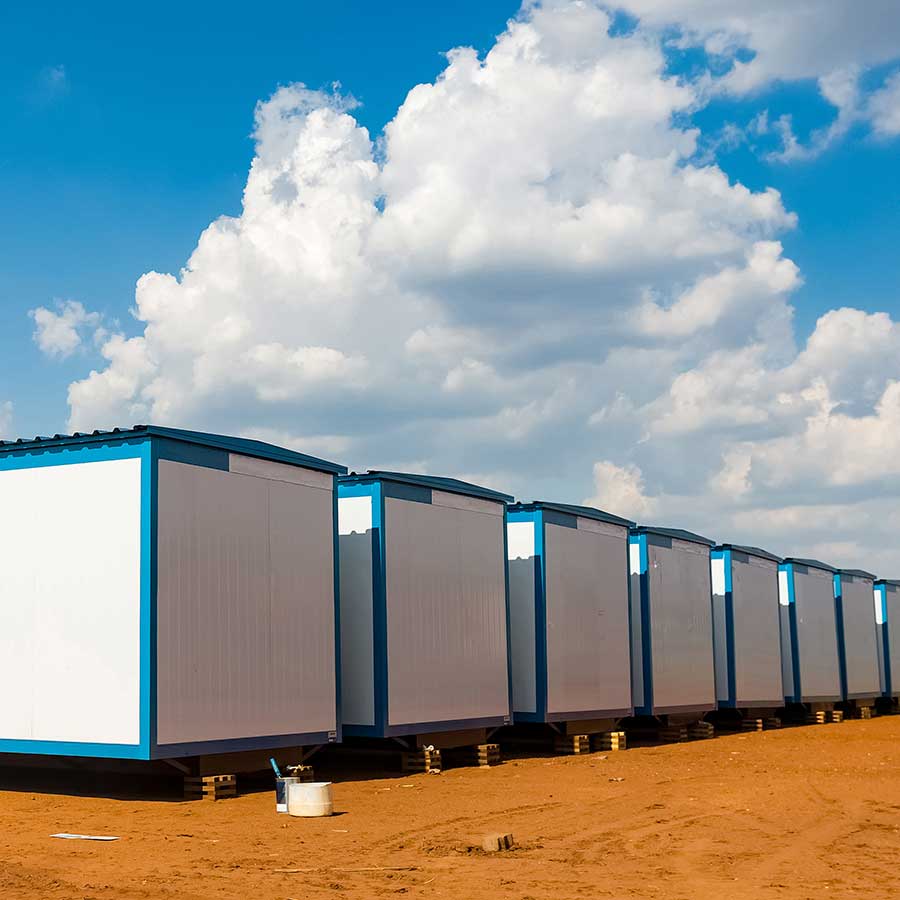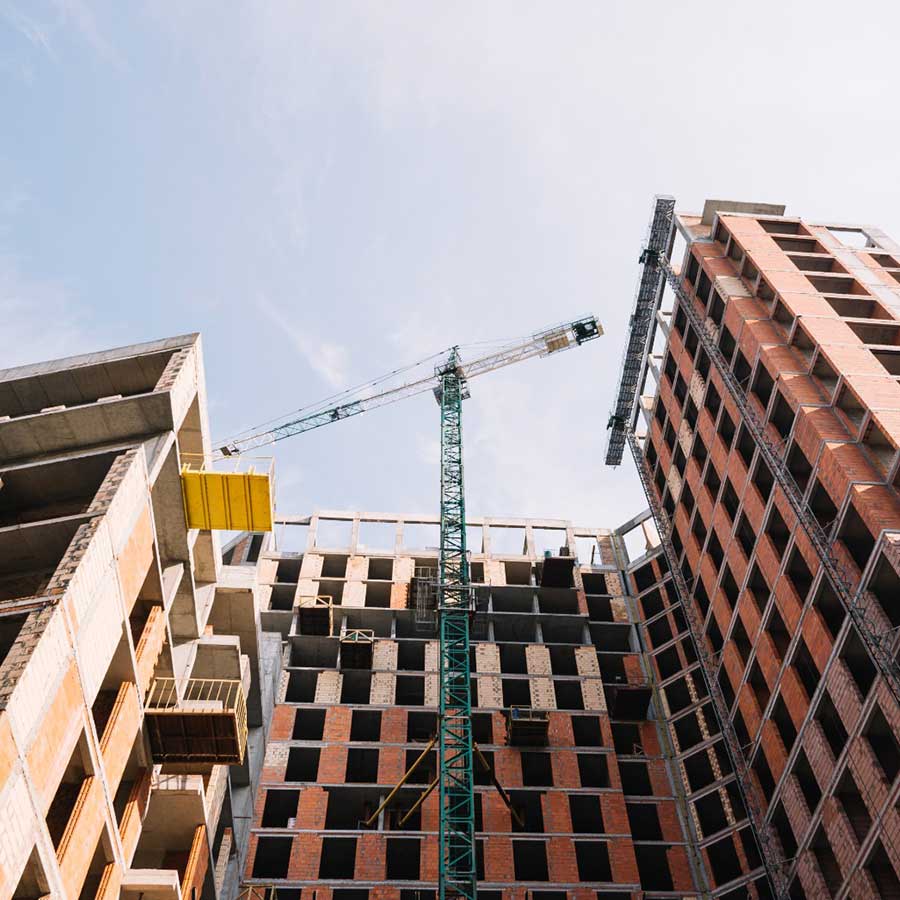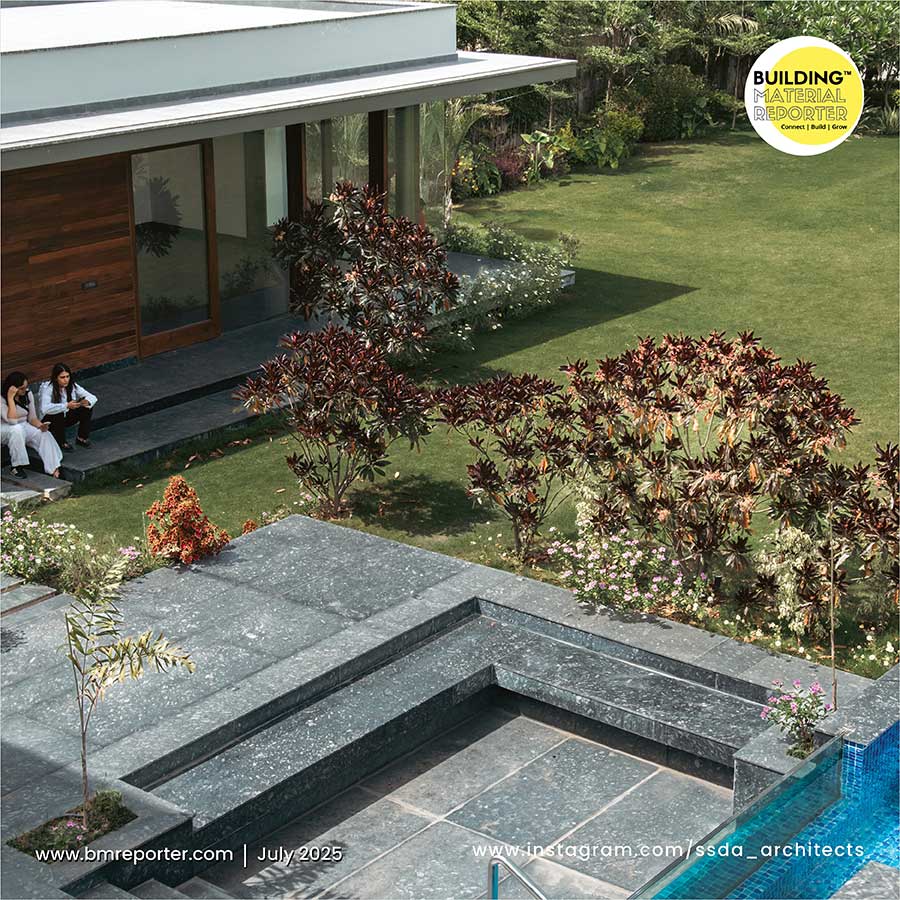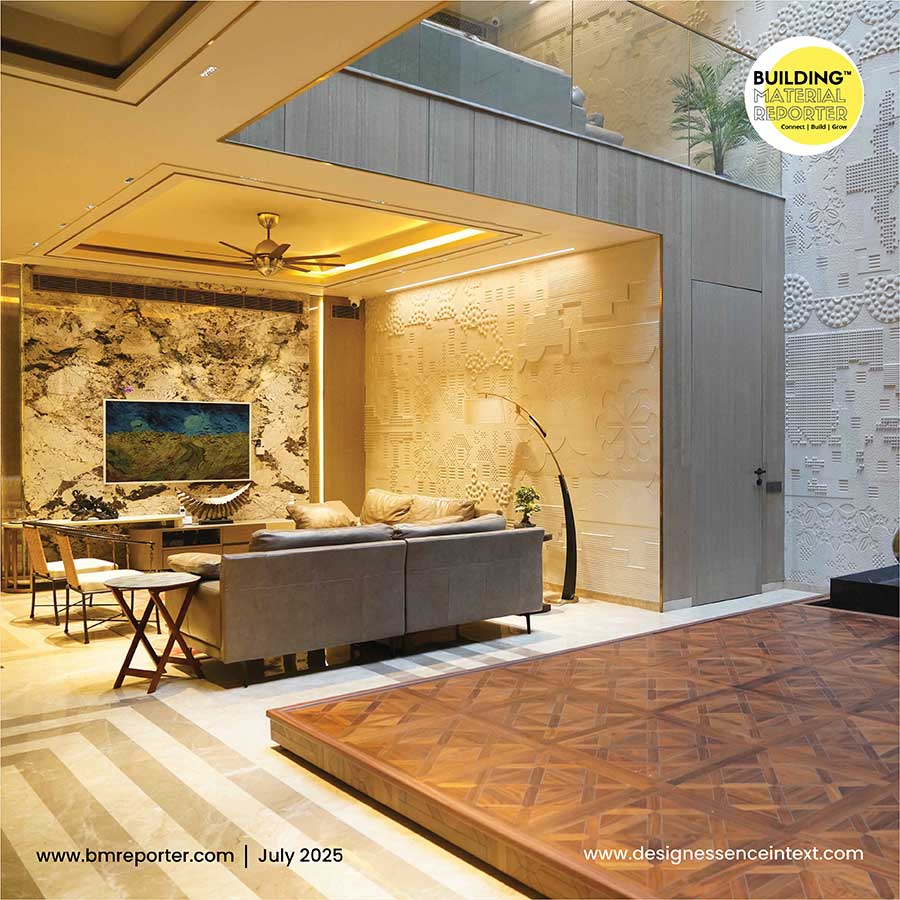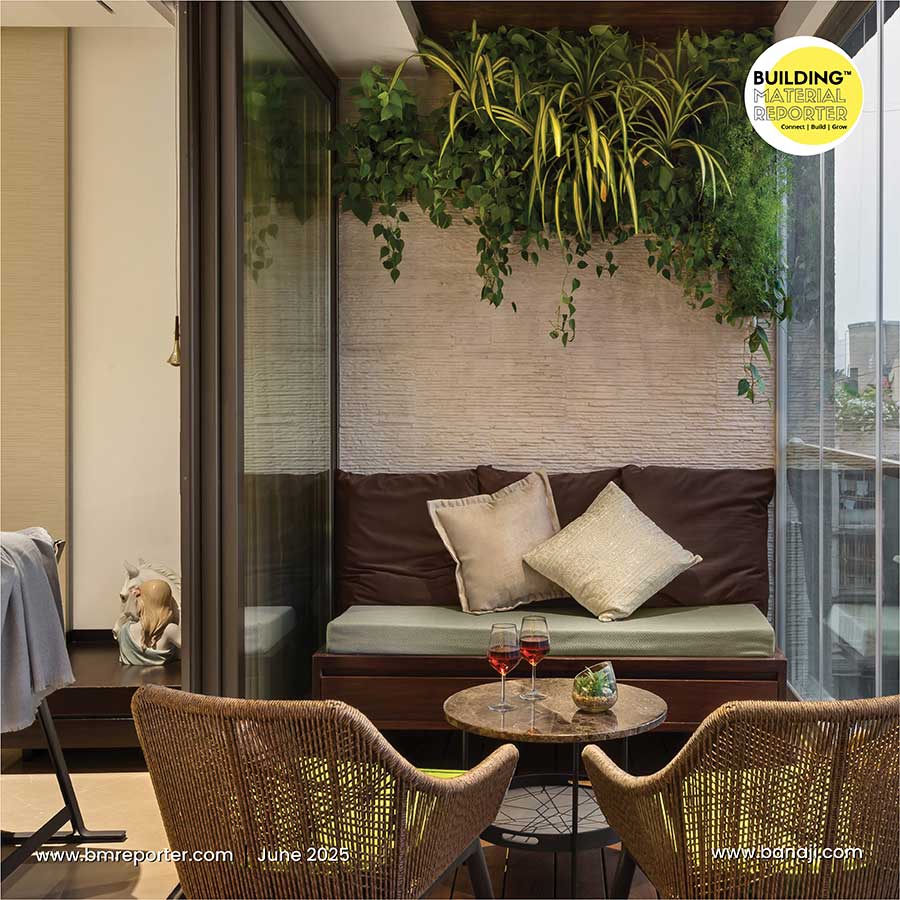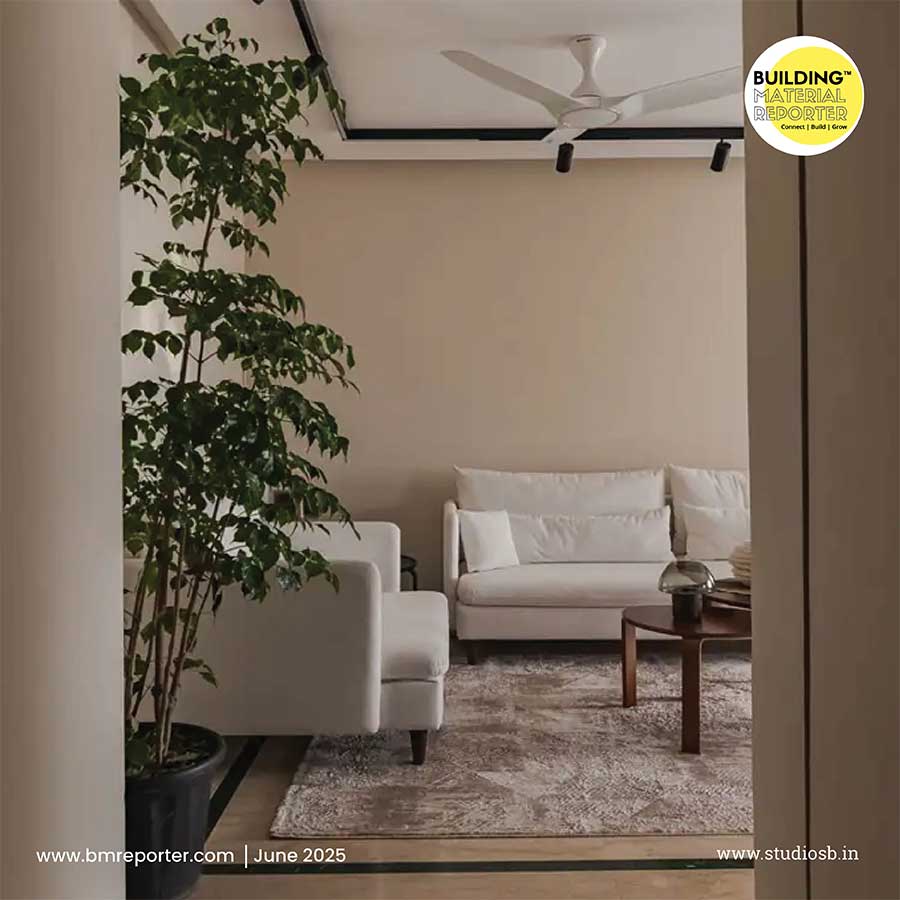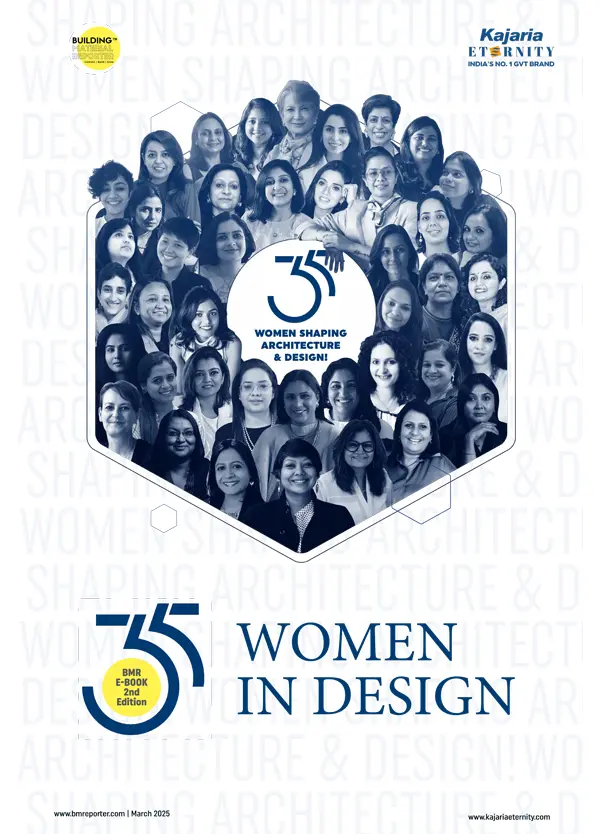Sustainable Interiors: Eco Materials Shaping Future Homes
- May 29, 2025
- By: Priyanshi Shah
- INFLUENCERS
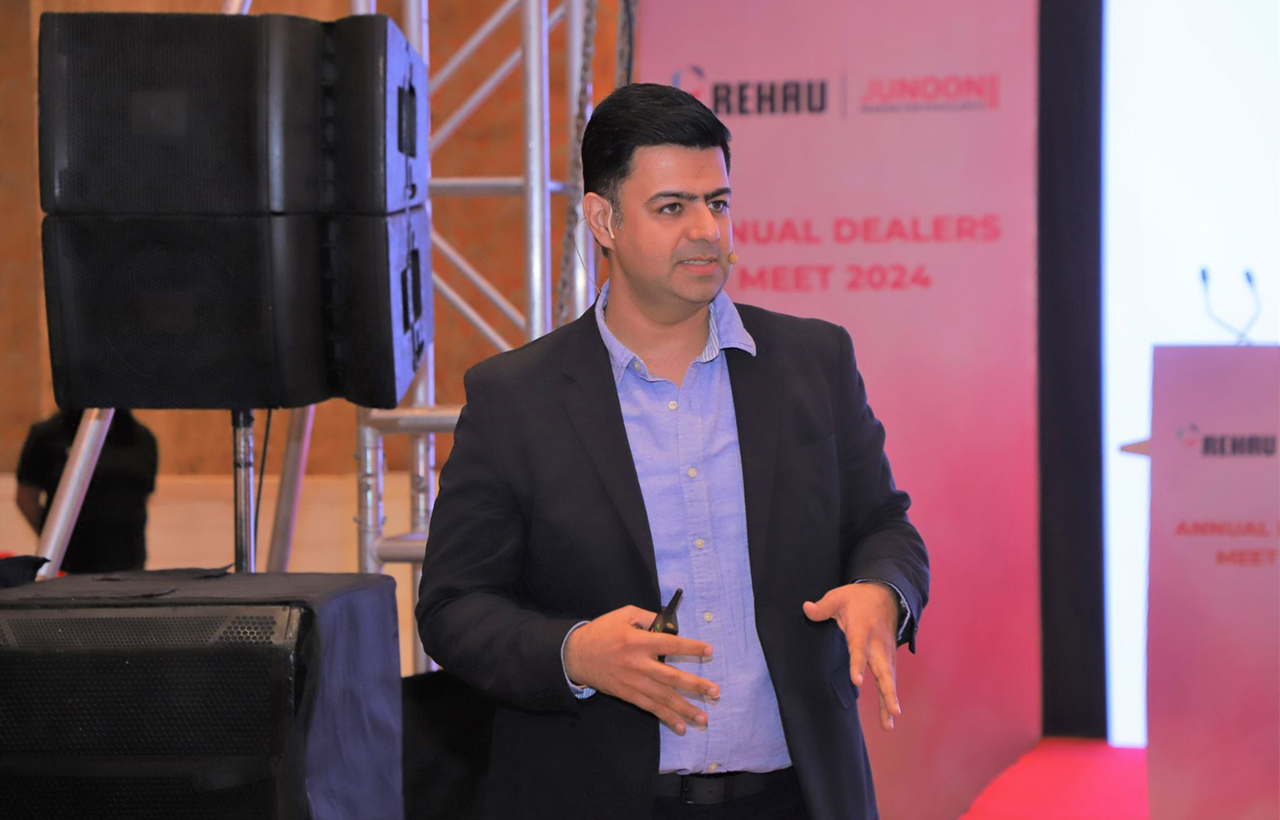 A thought leader in the building materials industry, Tushar Verma brings deep insights into innovative surface solutions and the future of sustainable interior design. Sustainability at its core – is a way of thinking, living, and more than ever: designing. In today's homes, sustainability isn't confined to solar panels and bamboo toothbrushes. It’s in the very walls that frame our lives, in the surfaces we touch, and in the materials that shape how we feel inside a space. It’s subtle, but it’s powerful. Building Material Reporter (BMR) is your go-to platform for the latest in surface innovations, sustainable materials, and design trends. From new-age laminates to high-performance panels and responsible manufacturing, BMR showcases the best the industry has to offer.
A thought leader in the building materials industry, Tushar Verma brings deep insights into innovative surface solutions and the future of sustainable interior design. Sustainability at its core – is a way of thinking, living, and more than ever: designing. In today's homes, sustainability isn't confined to solar panels and bamboo toothbrushes. It’s in the very walls that frame our lives, in the surfaces we touch, and in the materials that shape how we feel inside a space. It’s subtle, but it’s powerful. Building Material Reporter (BMR) is your go-to platform for the latest in surface innovations, sustainable materials, and design trends. From new-age laminates to high-performance panels and responsible manufacturing, BMR showcases the best the industry has to offer.
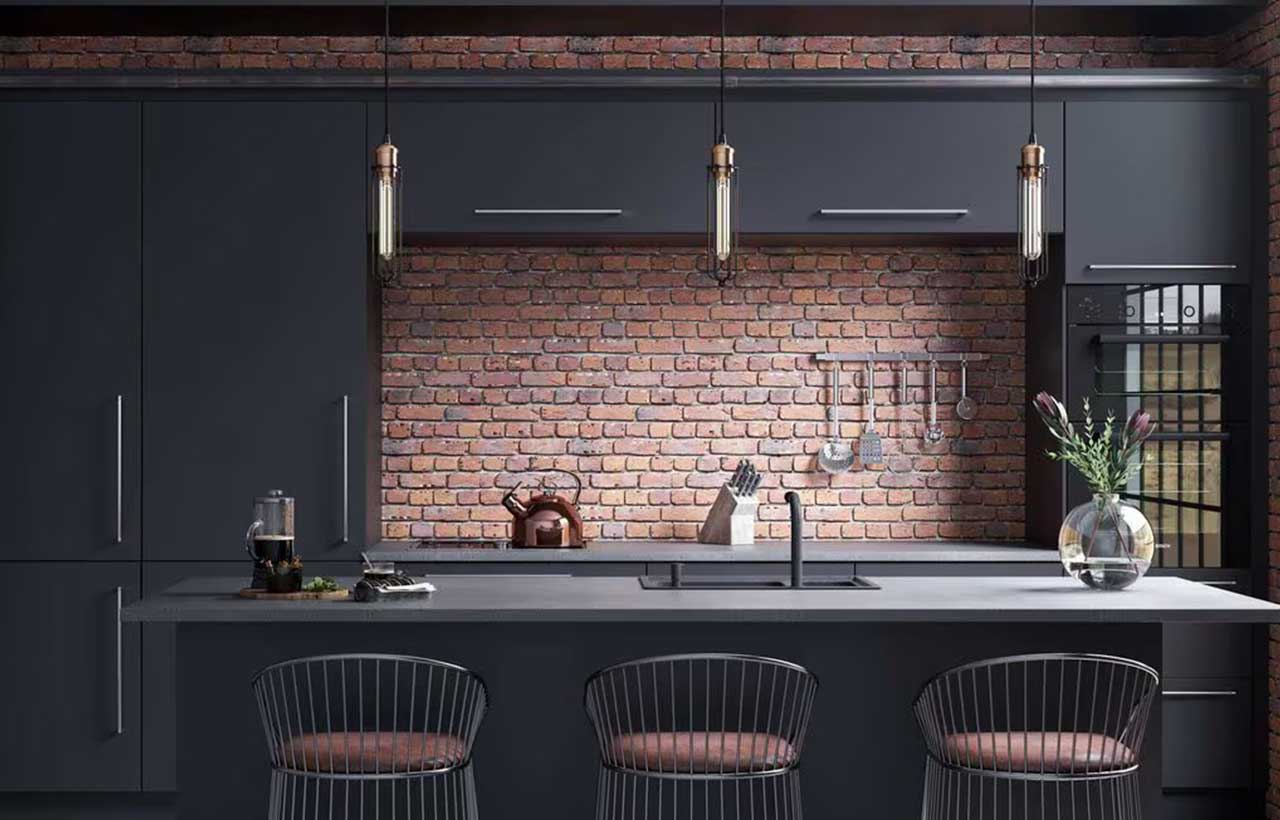 The Future of Sustainable Interiors: In the world of interior design, especially when it comes to kitchens, wardrobes, and workspaces, engineered panels have taken the lead. But the new generation of panels goes far beyond the basics. These aren’t your average boards as they’re multi-layered, thermoformed, deeply considered surfaces designed to meet both: aesthetic demands alongside environmental ones as well. We are talking about a kitchen cabinet panel that looks like glass but doesn’t shatter, is scratch-resistant, and has a soft, velvety matte finish. Or a wardrobe door that gleams like crystal yet resists fingerprints, keeping it looking pristine with minimal effort. These panels are created using state-of-the-art technology that merges design with performance: surfaces that resist UV damage, hold colour fastness for years, and are surprisingly easy to clean. And yes, they’re sustainable too. These materials are manufactured using low-emission processes, with a strong focus on recyclability and waste reduction. Their impact isn’t only in their durability, but in how they’re made with minimal ecological footprint. When we say design has become smarter, this is exactly what we mean.
The Future of Sustainable Interiors: In the world of interior design, especially when it comes to kitchens, wardrobes, and workspaces, engineered panels have taken the lead. But the new generation of panels goes far beyond the basics. These aren’t your average boards as they’re multi-layered, thermoformed, deeply considered surfaces designed to meet both: aesthetic demands alongside environmental ones as well. We are talking about a kitchen cabinet panel that looks like glass but doesn’t shatter, is scratch-resistant, and has a soft, velvety matte finish. Or a wardrobe door that gleams like crystal yet resists fingerprints, keeping it looking pristine with minimal effort. These panels are created using state-of-the-art technology that merges design with performance: surfaces that resist UV damage, hold colour fastness for years, and are surprisingly easy to clean. And yes, they’re sustainable too. These materials are manufactured using low-emission processes, with a strong focus on recyclability and waste reduction. Their impact isn’t only in their durability, but in how they’re made with minimal ecological footprint. When we say design has become smarter, this is exactly what we mean.
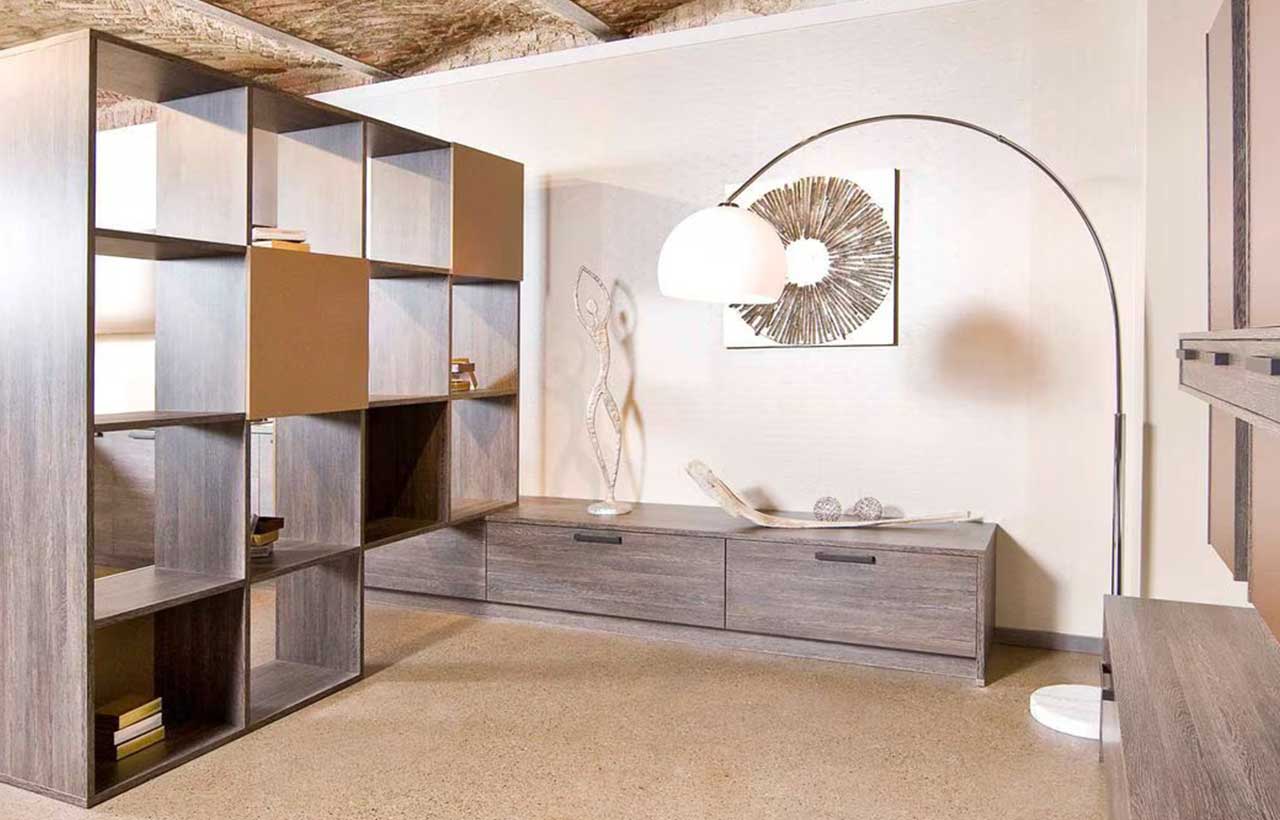 Eco-Friendly Living Spaces: The visual beauty of a laminate is only one part of its charm. Today’s laminates come in a wide palette of earthy tones and tactile textures from ultra-matte finishes that absorb light beautifully to high-gloss options that brighten up a room without feeling clinical. No matter what you're drawn to, stone-inspired decors, soft metallics, or gentle wood grains, modern laminates can replicate natural materials without exhausting them. These surfaces are engineered to resist everyday wear: heat, scratches, stains and more importantly, are built to last. This durability reduces the need for replacement, which in turn reduces consumption. It’s sustainable thinking embedded right into the product. And for designers, this opens up a whole new world. They no longer need to choose between eco-conscious materials and visual appeal. They can have both luxurious looks, minus the guilt.
Eco-Friendly Living Spaces: The visual beauty of a laminate is only one part of its charm. Today’s laminates come in a wide palette of earthy tones and tactile textures from ultra-matte finishes that absorb light beautifully to high-gloss options that brighten up a room without feeling clinical. No matter what you're drawn to, stone-inspired decors, soft metallics, or gentle wood grains, modern laminates can replicate natural materials without exhausting them. These surfaces are engineered to resist everyday wear: heat, scratches, stains and more importantly, are built to last. This durability reduces the need for replacement, which in turn reduces consumption. It’s sustainable thinking embedded right into the product. And for designers, this opens up a whole new world. They no longer need to choose between eco-conscious materials and visual appeal. They can have both luxurious looks, minus the guilt.
The Edgeband Evolution: It’s easy to overlook the edge. But in interiors, the edge of a surface is often where quality reveals itself. When you touch a countertop or run your hand along a wardrobe door, that’s where your fingers land. And when that edge is seamless, smooth, and beautifully matched, the whole piece feels elevated. Modern edge solutions are now laser-compatible, creating joints so seamless that the glue line disappears. No gaps, no warping, no peeling: just a flawless, continuous surface. This isn’t only about beauty. It's about hygiene, too. Seamless edges prevent moisture and microbes from entering, making them ideal for kitchens, bathrooms, and healthcare settings. The thing that makes these edge bands truly stand out is their perfect colour and texture coordination. Right from a deep charcoal panel, a creamy matte surface, or a reflective high-gloss finish, the edge follows through like a natural extension. It’s thoughtful, precise, and quietly transformative. A Quiet Revolution - One Room at a Time: All of this might not scream for attention. There’s no dramatic transformation, no overnight miracles. But every soft-close drawer, roller shutter, every gleam of a fingerprint-resistant panel, every silent hinge and perfectly matched edge, that’s where the future is unfolding. It’s happening in quiet, responsible ways. In the labs where engineers are reducing energy use per sheet.In factories where materials are recycled at every stage. In design studios where trends are no longer limited to what looks good, but what feels good and does good.
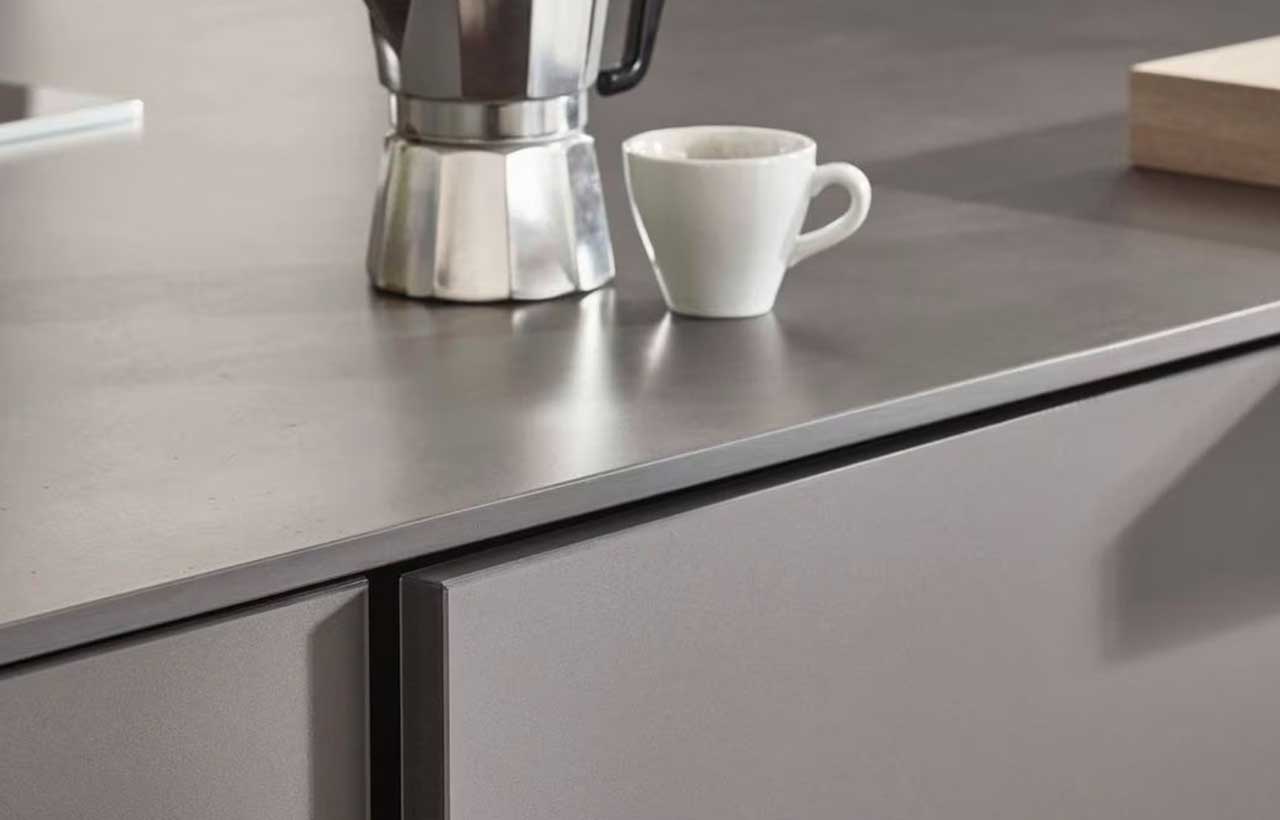 Sustainability at the Core: What often seems like a simple detail – a cleanly finished furniture edge is actually where some of the most meaningful choices are made. Today’s most advanced edgebands are ISCC PLUS-certified, which means they’re manufactured without using crude oil, shifting us closer to a future where sustainability isn’t merely a trend, but a standard. They’re also made with up to 50% post-industrial recyclates, giving discarded materials a second life in our homes. Add to that RoHS compliance makes them completely lead-free, and you’re looking at a product that’s safe, responsible, and future-ready. Pair these with non-porous solid surfaces that naturally resist fungi, and you get more than beautiful finishes, and thus you get peace of mind. It’s about choosing materials that respect both your space and the planet, all while keeping your family’s wellbeing at the heart of it.
Sustainability at the Core: What often seems like a simple detail – a cleanly finished furniture edge is actually where some of the most meaningful choices are made. Today’s most advanced edgebands are ISCC PLUS-certified, which means they’re manufactured without using crude oil, shifting us closer to a future where sustainability isn’t merely a trend, but a standard. They’re also made with up to 50% post-industrial recyclates, giving discarded materials a second life in our homes. Add to that RoHS compliance makes them completely lead-free, and you’re looking at a product that’s safe, responsible, and future-ready. Pair these with non-porous solid surfaces that naturally resist fungi, and you get more than beautiful finishes, and thus you get peace of mind. It’s about choosing materials that respect both your space and the planet, all while keeping your family’s wellbeing at the heart of it.
Conclusion: As we visualise the next generation of homes and workspaces, we must ask: can beauty and sustainability coexist without compromise? The answer, increasingly, is yes. Because sustainability today isn’t about less. It’s about better. Better materials, better processes, better living. And somewhere between the shimmer of a high-gloss panel and the subtle texture of a matte laminate, between the seamless edge and the sturdy, clean core, you’ll find a new kind of promise. Not one of mere good design, but of mindful living. And that, perhaps, is the most beautiful thing of all.
Frequently Asked Questions (FAQs)
What are engineered panels in interior design?
Engineered panels are multi-layered, advanced surface materials used for kitchens, wardrobes, and workspaces. They combine high performance with aesthetic appeal and are often scratch-resistant, UV-stable, and sustainable.
Why is edge banding important in furniture?
Modern edgebands ensure seamless finishes, prevent moisture entry, and enhance hygiene. They’re also laser-compatible, ensuring flawless joints and a premium feel.
Are there sustainable options in edgebanding?
Yes! Advanced edgebands are ISCC PLUS-certified, made with up to 50% recycled content, and are RoHS-compliant, making them safe and eco-conscious.


